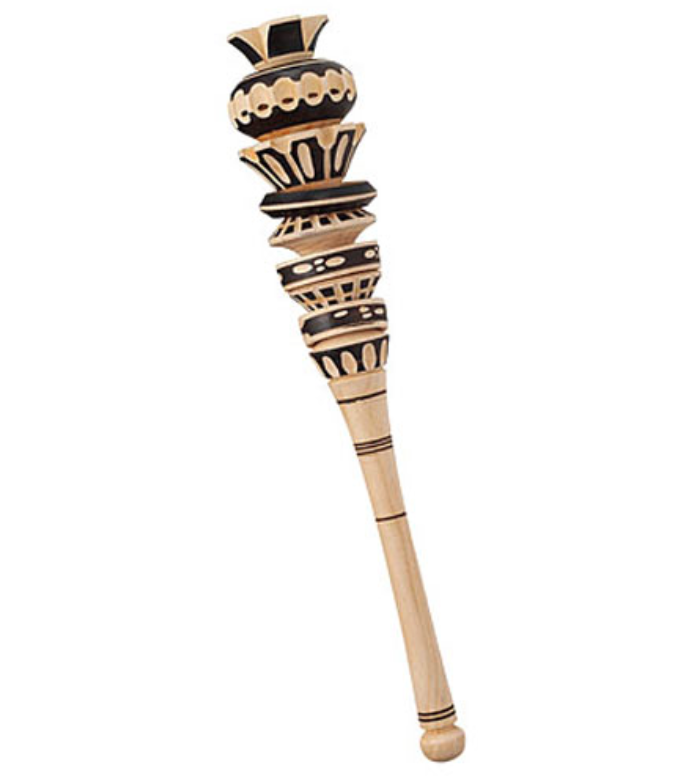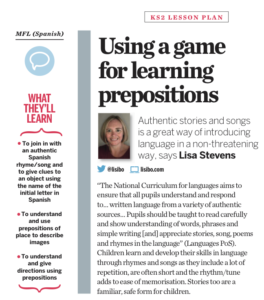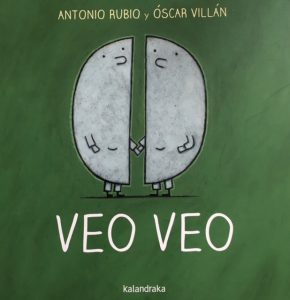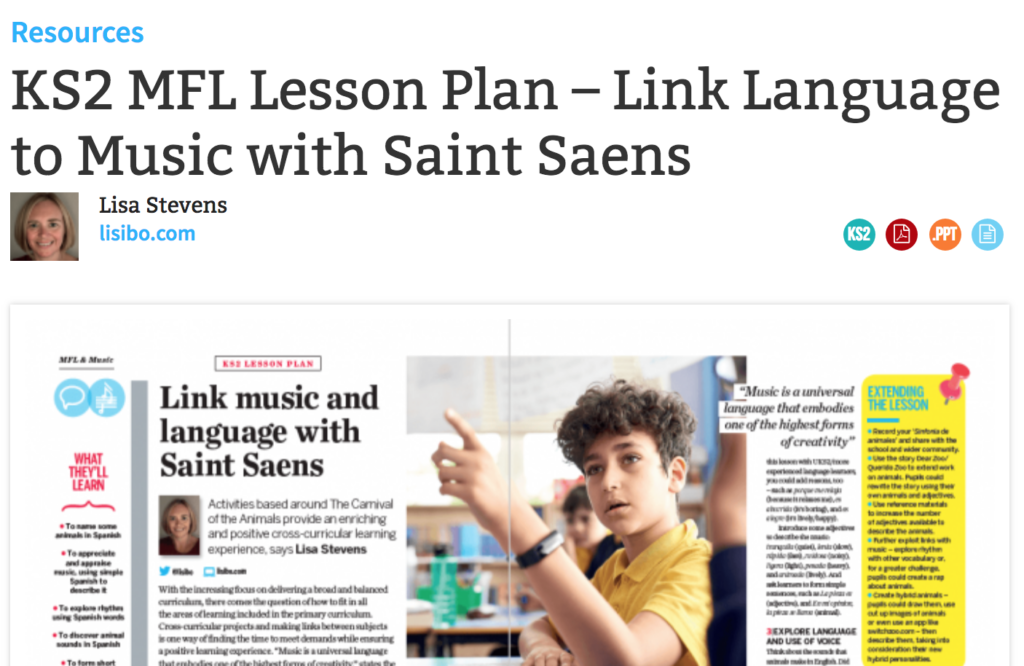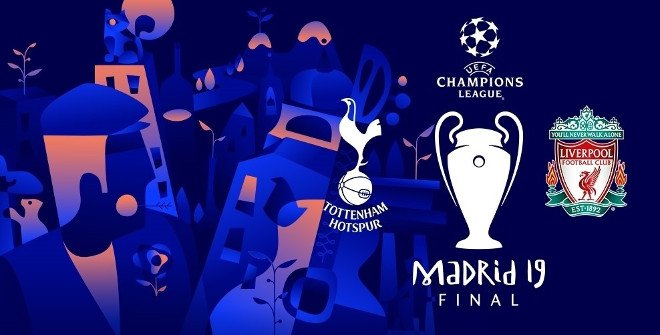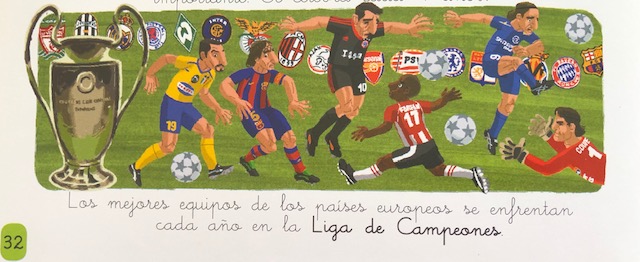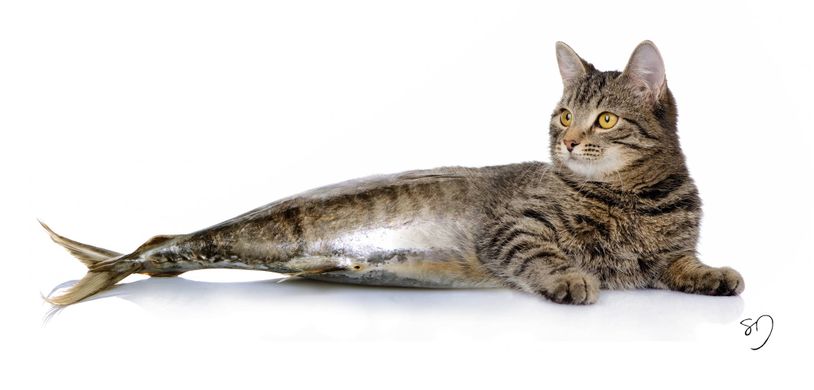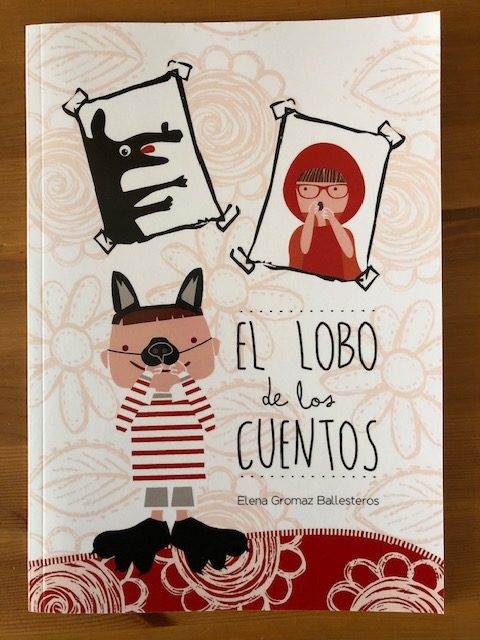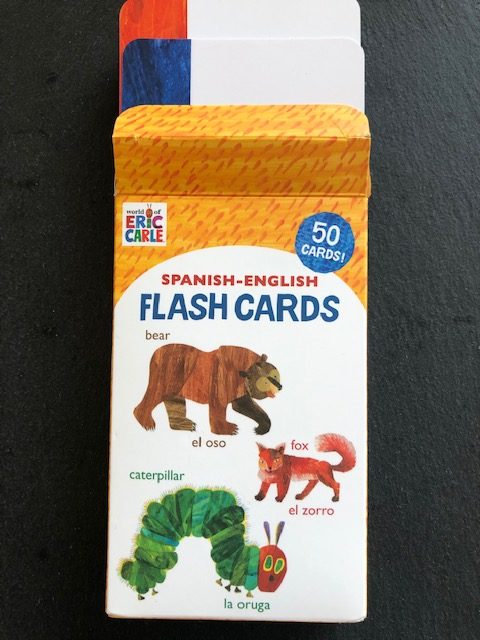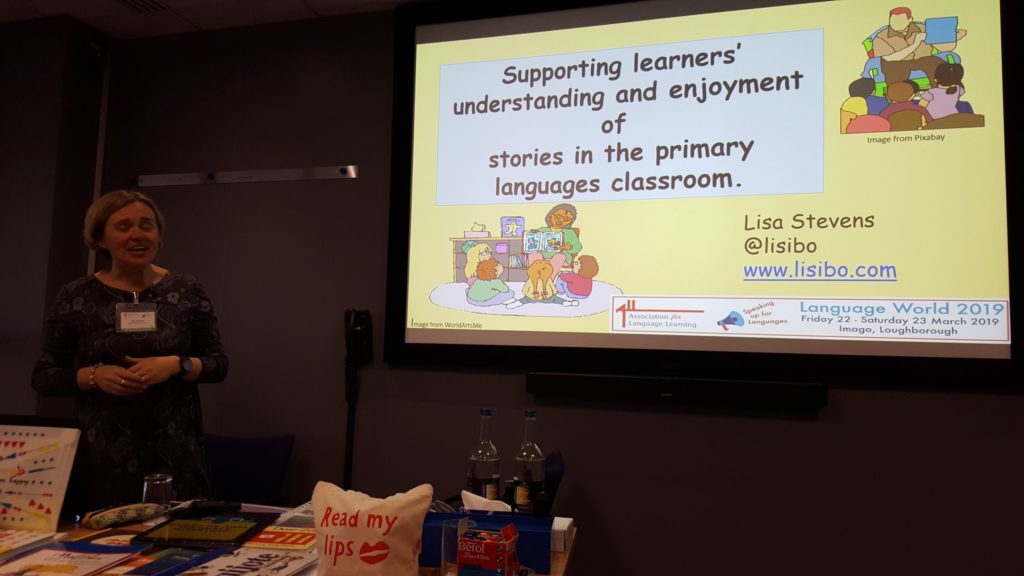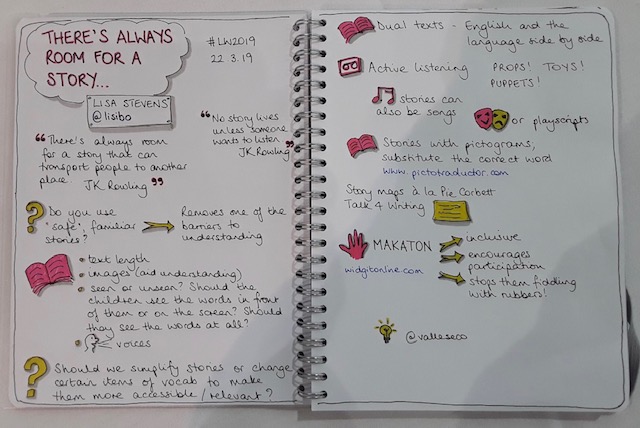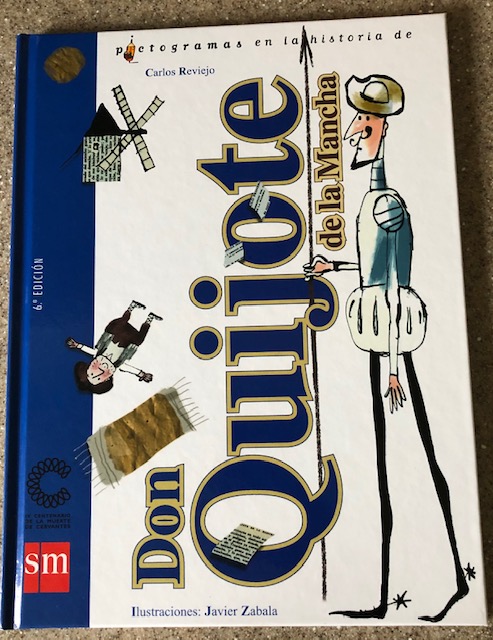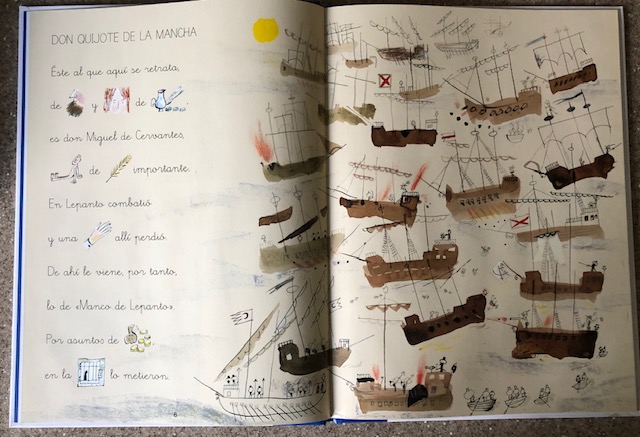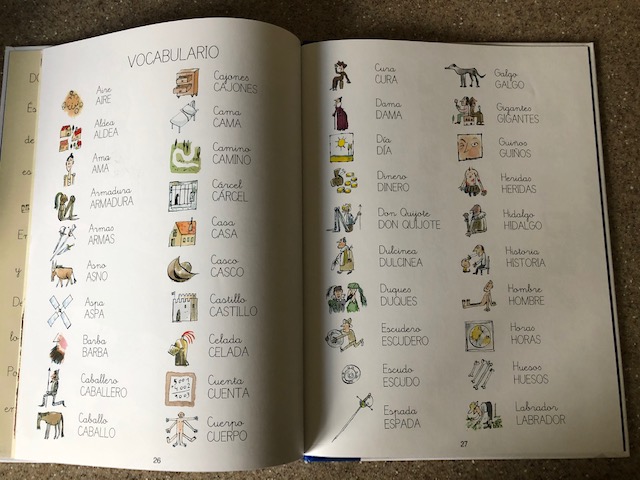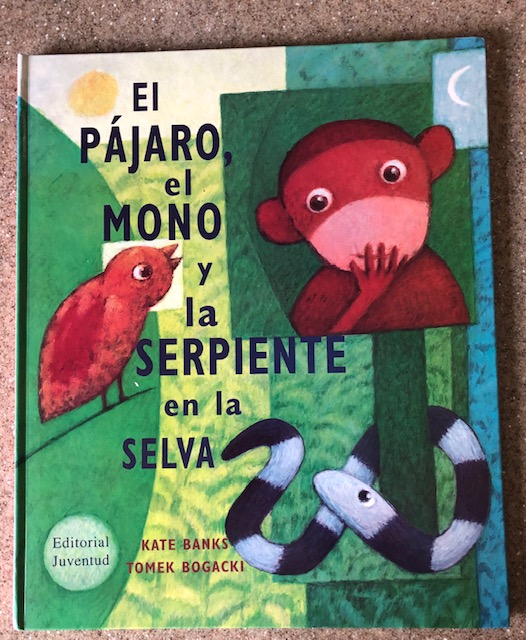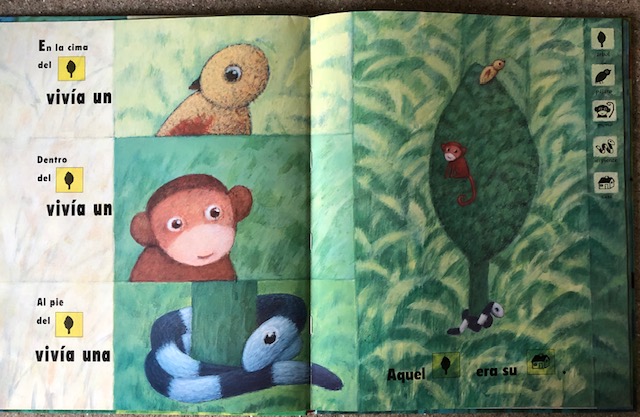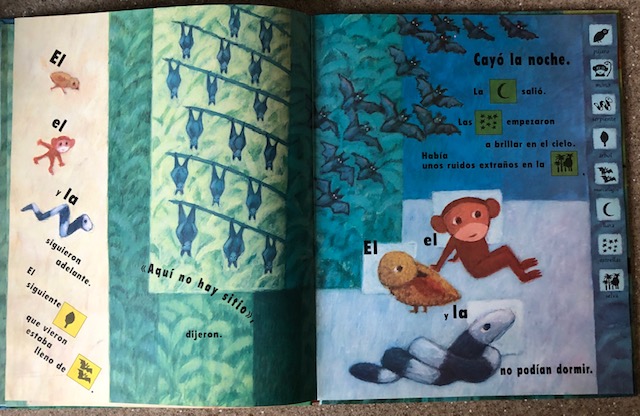
As we continue with ‘lockdown learning,’ I’ve made another video for my pupils. This week, I move away from chocolate and rhymes and ask the question ¿De qué color es Elmo?
Years ago on a trip to Spain, I found some Barrio Sésamo books in a random shop and two have become permanent favourites. Unfortunately ¿Qué oye Epi? disappeared many years ago but I still have one of them which is great for practising colours and the question ¿De qué color es?
In my video we meet Epi and Blas, and discover other members of the Barrio Sésamo gang who aren’t the same colour as Elmo in the story. Here it is.
There are lots of Barrio Sésamo videos that you might like to use in the classroom. I particularly like this one in which Elmo and Abby learn with Rosita how to sing ‘Si estás feliz…’
In case you wanted the words:
Si estás feliz, tú puedes aplaudir. (If you’re happy, you can clap)
Si estás feliz, tú puedes aplaudir.
Si en verdad estás contento, tu sonrisa es el reflejo. (If you really are happy, your smile is the reflection)
Si estás feliz, tú puedes aplaudir.
Si estás feliz, golpear con los pies. ((If you’re happy, stamp your feet)
Si estás feliz, golpear con los pies.
Si en verdad estás contento, a tu rostro es el reflejo. (If you really are happy, your face is the reflection)
Si estás feliz, golpear con los pies.
Si estás feliz, tú puedes gritar ‘¡Hurra!’ (If you’re happy, you can shout Hurray!)
Si estás muy feliz, tú puedes gritar ‘¡Hurra!’
Si en verdad estás contento, tu sonrisa es el reflejo. (If you really are happy, your smile is the reflection)
Si estás feliz, tú puedes gritar ‘¡Hurra!’
Si estás feliz, tú puedes aletear. (If you’re happy, you can flap)
Si estás muy feliz, tú puedes aletear.
Si en verdad estás contento, a tu rostro es el reflejo. (If you really are happy, your face is the reflection)
Si estás feliz, tú puedes aletear.
Si estás feliz, tú puedes hacer todo. (If you’re happy, you can do it all)
Si estás muy feliz, tú puedes hacer todo.
Si en verdad estás contento, tu sonrisa es el reflejo. (If you really are happy, your smile is the reflection)
Si estás feliz, tú puedes hacer todo.

